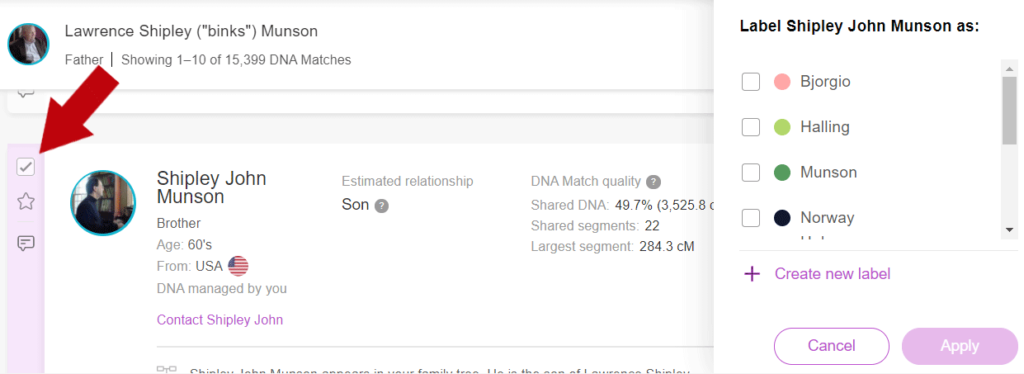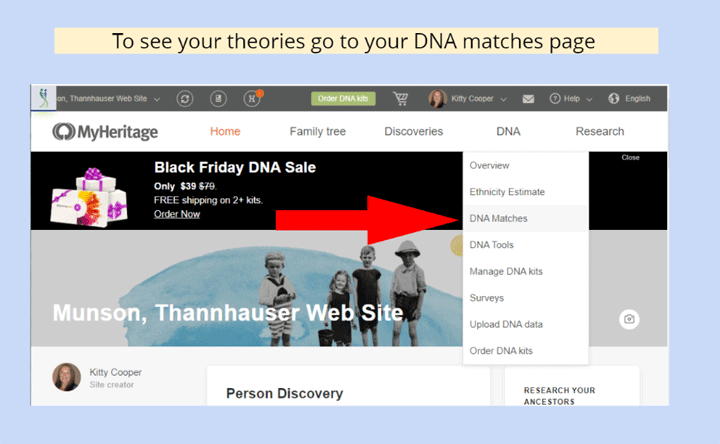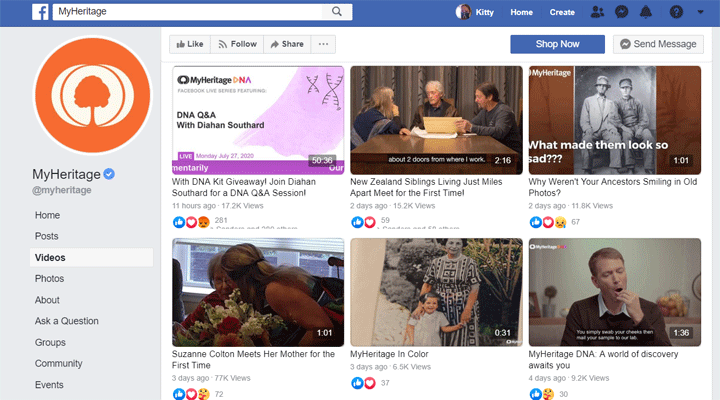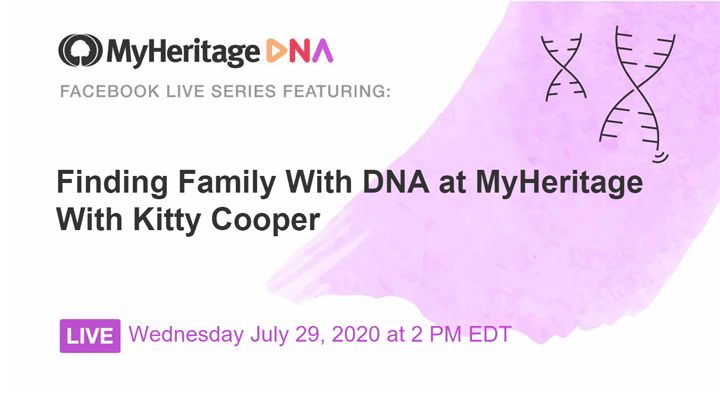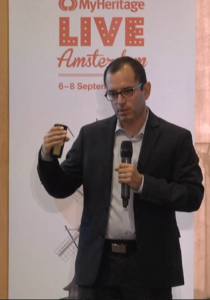Many people who see that their ethnicity estimate from a DNA test is way off, think that they cannot trust the other findings from that testing company. That is a false assumption.
When you are shown people who share DNA with you, aka DNA matches, they really are your relatives, although some can be quite distant. What the relationship actually is may not be predicted very accurately, as many relationships share similar amounts of DNA. Examples of that are a grandparent and an aunt or a 2nd cousin and a first cousin once removed. Thus you are usually shown a range of possible relationships. Figuring it out from shared matches and trees can be lots of fun!
Recently “Gail,” a DNA match to my South African 3rd cousin Sharon, contacted me. The only common ethnicity that was shown for them at their testing company was Ashkenazi Jewish. Thus she was assuming that their common ancestors were Jewish.
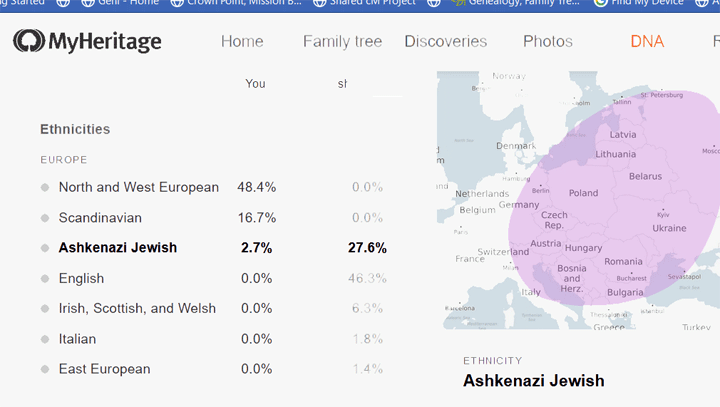
However the problem is that Gail inherited her 2.7% Jewish from her mother who does not match Sharon. Gail has no Jewish on her father’s side that she knows of. My cousin’s 28% Jewish is from her maternal grandmother. That is the line where Sharon matches me (click here for that story). Gail does not match any other of my many many tested family members on that line.
One of the issues that people of Northern European descent have is that our ancestors intermingled quite a bit. This means that your Scandinavian could be my English and I suspect that is the case here. Another problem is that unlike relative matching, predicting your biological ancestry from your DNA is far from an accurate science (click here for my most recent article of many on that subject)
More accurate than ethnicity are the shared relatives. When looking at the matches Sharon and Gail share, I found a set of common ancestors among them that are from a non Jewish South African line.
